April 6 stands as one of history’s most eventful days, witnessing the rise and fall of empires, groundbreaking discoveries, and moments that shaped our modern world across centuries of human achievement.

Politics and Government Events on April 6
1917 – United States Declares War on Germany
The United States officially entered World War I by declaring war on Germany. President Woodrow Wilson’s declaration transformed America from neutral observer to active combatant in the Great War.
Congress had overwhelmingly voted to support the war declaration after years of mounting tensions. This pivotal decision marked America’s emergence as a major global military power on the world stage.
1930 – Gandhi Concludes Salt March
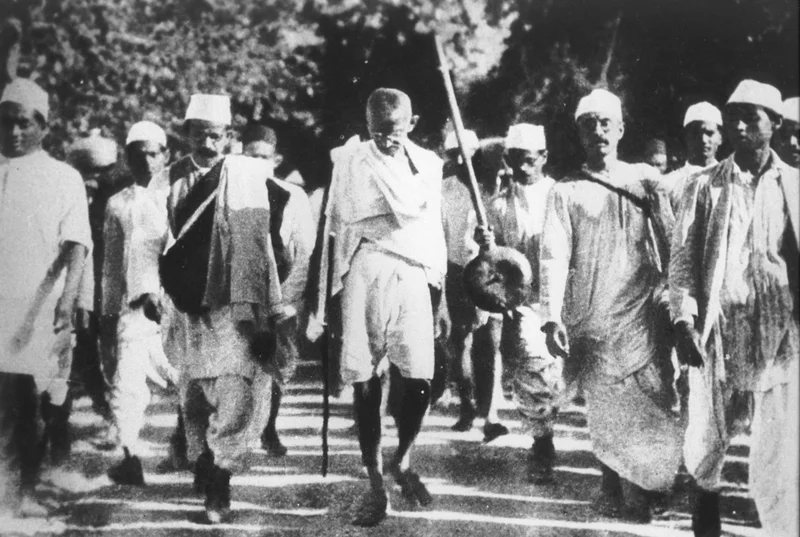
Mahatma Gandhi reached the sea at the end of his historic Salt March and declared his defiance of British rule. He raised a lump of mud and salt while proclaiming he was shaking the foundations of the British Empire.
The 240-mile march had galvanized millions of Indians in peaceful resistance against colonial taxation. Gandhi’s symbolic act of making salt sparked nationwide civil disobedience that would ultimately lead to Indian independence.
1947 – Finno-Soviet Treaty Signed

Finland and the Soviet Union signed a crucial friendship treaty in Moscow that would define their relationship for decades. The agreement established Finland’s unique position as a neutral nation during the Cold War era.
This diplomatic arrangement allowed Finland to maintain its independence while acknowledging Soviet security concerns. The treaty became a model for small nation diplomacy during the tense Cold War period.
1985 – Sudanese Military Coup
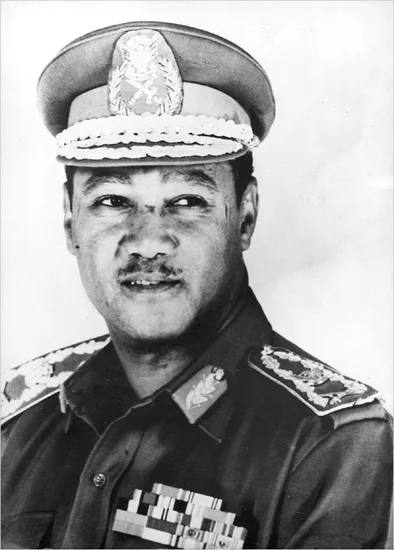
Field Marshal Abdel Rahman Swar al-Dahab led a successful military coup that overthrew Sudanese President Gaafar Nimeiry. The bloodless takeover ended Nimeiry’s 16-year authoritarian rule over the African nation.
Popular unrest and economic crisis had weakened Nimeiry’s government throughout the early 1980s. The military intervention promised democratic reforms and marked a significant shift in Sudanese politics.
2004 – Lithuanian President Impeached

Rolandas Paksas became the first president of Lithuania to be peacefully removed from office through impeachment proceedings. The Lithuanian parliament voted to remove him on charges of violating his oath of office.
The impeachment process demonstrated the strength of Lithuania’s democratic institutions after regaining independence. This historic decision reinforced the principle that no leader stands above the law in the Baltic republic.
2005 – Iraqi Leadership Transition
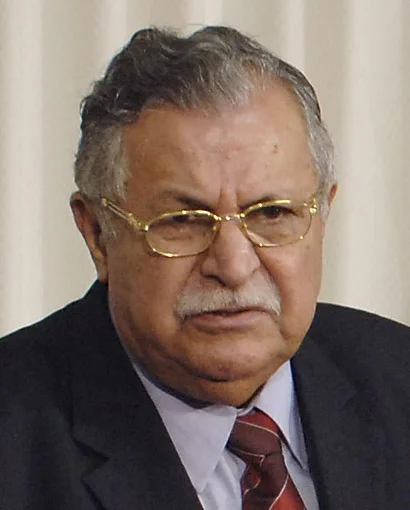
Kurdish leader Jalal Talabani assumed the presidency of Iraq as the country continued its post-invasion political reconstruction. This appointment marked a significant milestone in Iraq’s efforts to establish inclusive governance.
Talabani’s presidency represented the first time a Kurdish leader held Iraq’s highest office. His appointment demonstrated the new Iraqi government’s commitment to representing all ethnic and religious communities.
Military and Naval History on April 6
1941 – Operation 25 and Operation Marita Launch
Nazi Germany simultaneously launched two major military operations targeting the Balkans. Operation 25 initiated the invasion of Yugoslavia while Operation Marita began the assault on Greece.
These coordinated attacks forced the Axis powers to delay their planned invasion of the Soviet Union. The Balkan campaign would prove costly for Germany, ultimately affecting the timing of Operation Barbarossa.
1945 – Sarajevo Liberation
Yugoslav Partisans liberated Sarajevo from German and Croatian forces during the final months of World War II. The successful operation freed the Bosnian capital after years of occupation and resistance warfare.
The liberation marked a crucial victory for Tito’s communist partisans in their struggle against Axis forces. This triumph helped establish communist Yugoslavia’s post-war territorial boundaries and political structure.
1945 – Battle of Slater’s Knoll Ends
The Battle of Slater’s Knoll on Bougainville Island concluded as Allied forces secured their objectives. This engagement represented one of the final major battles in the Pacific theater’s Solomon Islands campaign.
Australian and American forces had fought determined Japanese defenders in difficult jungle terrain. The victory helped complete the isolation of remaining Japanese strongholds in the Southwest Pacific.
1972 – Easter Offensive Air Campaign
American forces launched sustained air strikes and naval bombardments against North Vietnamese targets during the Easter Offensive. The intensive bombing campaign aimed to halt the massive North Vietnamese invasion of South Vietnam.
Operation Linebacker marked a significant escalation in American military involvement after years of troop withdrawals. The air campaign demonstrated continued American commitment to defending South Vietnam against communist forces.
2017 – Syrian Air Base Strike
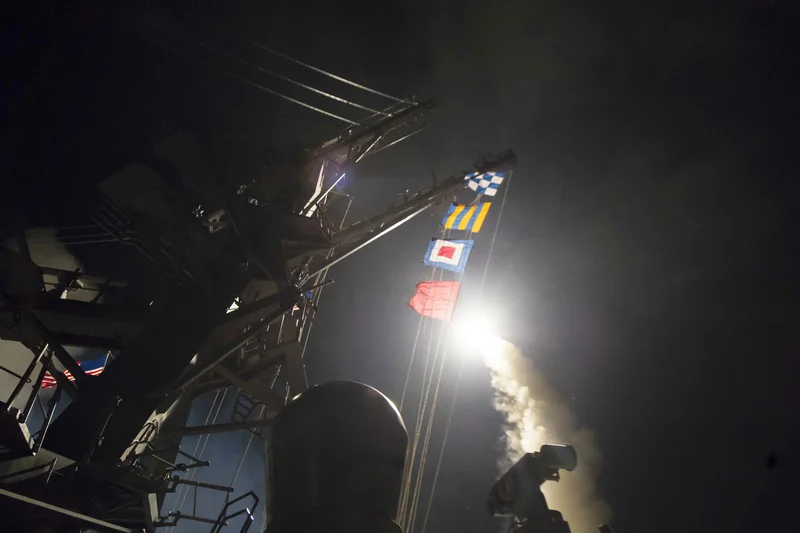
The United States military launched 59 Tomahawk cruise missiles at a Syrian air base following chemical weapons attacks. Russia condemned the strikes as aggression and warned of serious damage to US-Russia relations.
The targeted air base allegedly housed aircraft used in chemical weapons attacks against Syrian civilians. This military response marked a significant escalation in American involvement in the Syrian conflict.
Science and Discovery Milestones on April 6
1909 – North Pole Expedition
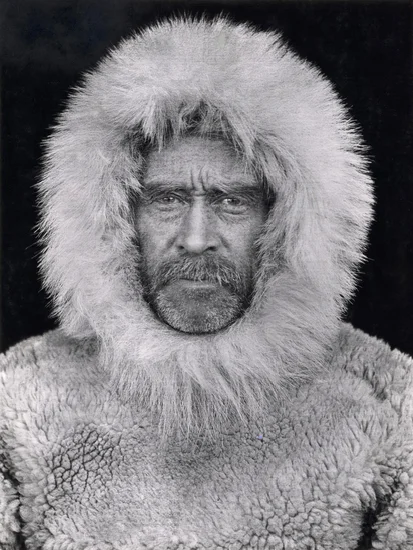
Robert Peary and Matthew Henson claimed to become the first people to reach the North Pole. Their Arctic expedition represented the culmination of decades of polar exploration efforts.
Peary’s navigational claims have since been disputed by historians and geographers. Despite the controversy, their expedition remains a landmark achievement in the history of Arctic exploration.
1965 – Early Bird Satellite Launch
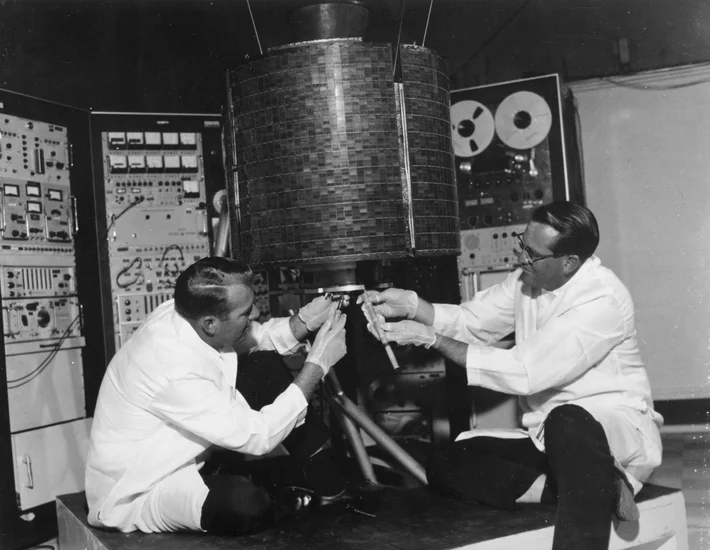
The Early Bird satellite became the first commercial communications satellite placed in geosynchronous orbit. This technological breakthrough revolutionized global telecommunications and broadcasting capabilities.
The satellite enabled live television broadcasts between North America and Europe for the first time. Early Bird’s success launched the modern era of satellite communications that transformed global connectivity.
1973 – Pioneer 11 Spacecraft Launch
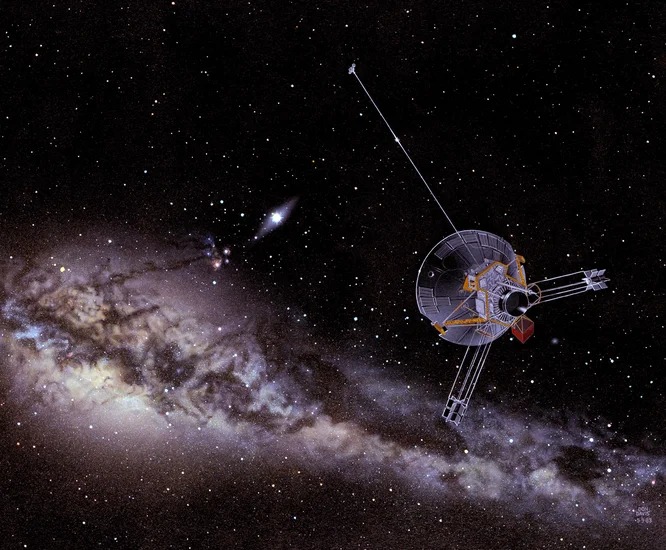
NASA launched the Pioneer 11 spacecraft on its historic mission to explore the outer solar system. The probe was designed to study Jupiter and Saturn while testing technologies for future deep space missions.
Pioneer 11 would later become the second human-made object to cross the asteroid belt. The spacecraft’s successful mission provided crucial data about the gas giants and their moons.
2009 – L’Aquila Earthquake

A devastating 6.3 magnitude earthquake struck near L’Aquila, Italy, killing 307 people and destroying historic buildings. The disaster highlighted the seismic vulnerability of Italy’s ancient cities and modern infrastructure.
The earthquake’s destruction prompted significant changes in Italian building codes and emergency preparedness. Scientific investigations revealed important new data about seismic activity in the Apennine Mountains.
Cultural and Arts Events on April 6
1947 – First Tony Awards

The inaugural Tony Awards ceremony honored outstanding achievements in American theater for the first time. This new tradition established the most prestigious recognition for Broadway excellence.
The ceremony celebrated both performers and behind-the-scenes artists who contributed to theatrical success. The Tony Awards would become theater’s equivalent to the Academy Awards in cinema.
1974 – ABBA’s Eurovision Victory
Swedish pop group ABBA won the Eurovision Song Contest in Brighton with their hit song “Waterloo.” This victory launched their international career and established Sweden as a major force in popular music.
The performance marked the beginning of ABBA’s global domination of the music charts. Their Eurovision triumph demonstrated the contest’s power to create international superstars.
1974 – California Jam Festival

The first California Jam festival took place at Ontario Motor Speedway with Deep Purple and Emerson, Lake & Palmer as headliners. The event set multiple records for amplification, attendance, and gross revenue.
Over 200,000 fans attended the groundbreaking rock festival that showcased the era’s biggest bands. California Jam established new standards for large-scale outdoor music festivals in America.
Religious and Social Events on April 6
1994 – Rwandan Genocide Begins
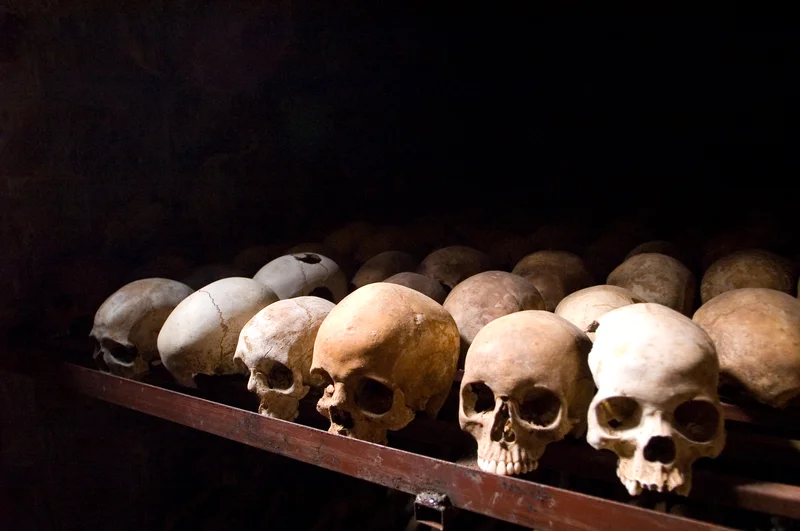
The Rwandan genocide commenced when aircraft carrying Presidents Juvénal Habyarimana and Cyprien Ntaryamira was shot down. This tragic event triggered systematic mass killings that would devastate the African nation.
The assassination provided the spark for pre-planned ethnic violence between Hutu and Tutsi populations. The resulting genocide would claim hundreds of thousands of lives over the following months.
2008 – Egyptian General Strike
Egyptian workers initiated a nationwide general strike that would later be adopted by the April 6 Youth Movement. The labor action marked the beginning of sustained political activism that would culminate in the Arab Spring.
The strike demonstrated growing popular dissatisfaction with President Mubarak’s authoritarian rule. These protests established organizational networks that would prove crucial during the 2011 Egyptian Revolution.
2010 – Dantewada Attack
Maoist rebels killed 76 Central Reserve Police Force officers in Dantewada district, India, in one of the deadliest attacks during the Naxalite insurgency. The ambush highlighted the ongoing security challenges in rural India.
The attack demonstrated the continued strength of left-wing extremist groups in India’s tribal regions. This tragic event prompted significant changes in India’s counterinsurgency strategies and forest security policies.
Business and Economic Events on April 6
1926 – Varney Airlines First Flight
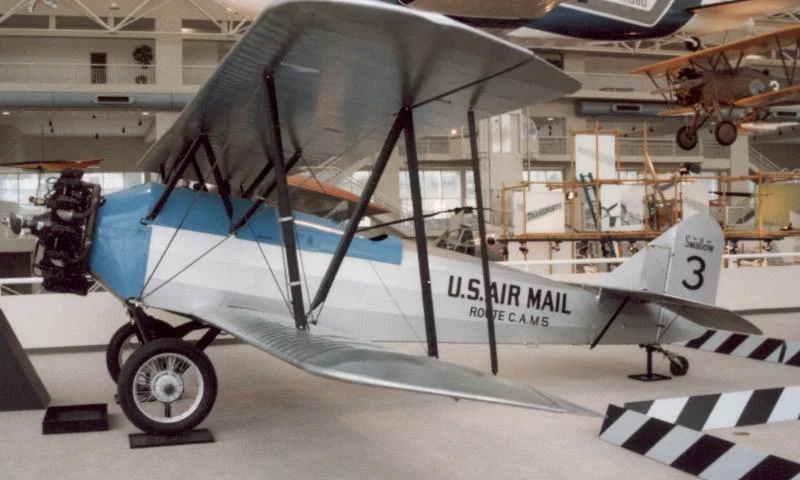
Varney Airlines completed its inaugural commercial flight, establishing the foundation for what would eventually become United Airlines. The small regional carrier began operations connecting western American cities.
This pioneering airline helped establish commercial aviation as a viable transportation alternative. Varney’s success demonstrated the potential for scheduled passenger service in the developing aviation industry.
1957 – Olympic Airways Founded
Aristotle Onassis founded Olympic Airways following his acquisition of Greek National Airlines. The new carrier would serve as Greece’s flag carrier airline for decades.
Onassis transformed the small Greek airline into a symbol of national pride and Mediterranean hospitality. Olympic Airways became renowned for its distinctive service and played a crucial role in developing Greek tourism.
1985 – Sudanese Economic Crisis

The overthrow of Sudanese President Gaafar Nimeiry partly resulted from the country’s severe economic crisis and austerity measures. Popular protests against rising prices and food shortages contributed to the military coup.
Economic mismanagement and drought had devastated Sudan’s agricultural economy throughout the early 1980s. The political upheaval demonstrated how economic instability could trigger governmental collapse in developing nations.
Transportation and Infrastructure on April 6
1958 – Capital Airlines Crash

Capital Airlines Flight 67 crashed near Freeland Tri-City Airport in Michigan, killing 47 passengers and crew members. The tragic accident highlighted ongoing safety concerns in the rapidly expanding commercial aviation industry.
The crash prompted investigations into pilot training procedures and aircraft maintenance standards. This disaster contributed to improved aviation safety regulations during the jet age’s early development.
1968 – Richmond Industrial Explosion
A devastating double explosion in downtown Richmond, Indiana, killed 41 people and injured 150 others. The disaster destroyed numerous buildings and highlighted the dangers of industrial operations in urban areas.
The explosion prompted significant changes in industrial safety regulations and emergency response procedures. This tragedy demonstrated the need for better hazardous materials handling in densely populated areas.
2018 – Humboldt Broncos Bus Crash
A bus carrying the Humboldt Broncos junior hockey team collided with a semi-truck in Saskatchewan, Canada. The tragic accident killed 16 people and injured 13 others, devastating the small Canadian community.
The crash prompted nationwide mourning and raised awareness about rural highway safety. The tragedy sparked important discussions about commercial vehicle regulations and intersection design standards.
Sports and Recreation on April 6
1973 – Designated Hitter Rule
The American League of Major League Baseball began using the designated hitter rule for the first time. This revolutionary change allowed teams to use a specialized batter in place of the pitcher.
The designated hitter fundamentally altered baseball strategy and sparked decades of debate among fans. This rule change created the most significant difference between American and National League play.
1970 – Newhall Massacre
Four California Highway Patrol officers were killed in a shootout in Newhall, California, marking one of the deadliest days in law enforcement history. The incident fundamentally changed police training and tactics nationwide.
The massacre prompted comprehensive reforms in police firearms training and tactical procedures. This tragic event led to improved officer safety protocols that are still used today.
2012 – Azawad Independence Declaration
The National Movement for the Liberation of Azawad declared independence from Mali following a successful rebellion. The declaration established a new state in northern Mali, though it received limited international recognition.
The independence movement capitalized on Mali’s political instability and military weakness. This separatist success demonstrated how regional conflicts could exploit national governmental failures.
Notable Births on April 6
1928 – James Watson

American biologist James Watson was born in Chicago, Illinois, destined to become one of the most influential scientists of the 20th century. His childhood fascination with natural history foreshadowed his groundbreaking career in genetics.
Watson would later co-discover the double helix structure of DNA with Francis Crick. His revolutionary research earned him the Nobel Prize and fundamentally transformed our understanding of heredity and life itself.
1937 – Merle Haggard

Country music legend Merle Haggard was born in Oildale, California, into a family of Dust Bowl migrants. His difficult childhood in poverty-stricken California would later inspire many of his most memorable songs.
Haggard became one of country music’s most authentic voices, chronicling the struggles of working-class Americans. His music defined the “Bakersfield Sound” and influenced generations of country artists.
1969 – Paul Rudd

American actor Paul Rudd was born in Passaic, New Jersey, beginning a life that would make him one of Hollywood’s most beloved comedic performers. His natural charm and timing would define his acting career.
Rudd would later become famous for roles in comedies like “Anchorman” and as Ant-Man in the Marvel Cinematic Universe. His versatility allowed him to excel in both independent films and major blockbusters.
1975 – Zach Braff

Actor and director Zach Braff was born in South Orange, New Jersey, into a family that encouraged his creative pursuits. His early interest in filmmaking would shape his future career in entertainment.
Braff gained fame starring in the television series “Scrubs” and directing the indie film “Garden State.” His work demonstrated the potential for young artists to create deeply personal and commercially successful projects.
1956 – Michele Bachmann

American politician Michele Bachmann was born in Waterloo, Iowa, beginning a life that would lead to significant political influence. Her conservative religious upbringing shaped her future political philosophy and career.
Bachmann would later serve in the U.S. House of Representatives and run for president in 2012. Her political career represented the growing influence of conservative Christian values in Republican politics.
Notable Deaths on April 6
1971 – Igor Stravinsky

Legendary composer Igor Stravinsky died in New York City, ending one of the most influential musical careers in history. His revolutionary compositions had transformed classical music and influenced countless generations of musicians.
Stravinsky’s ballets like “The Rite of Spring” had sparked riots and redefined musical expression. His death marked the end of an era when classical composers could achieve genuine celebrity status.
1992 – Isaac Asimov
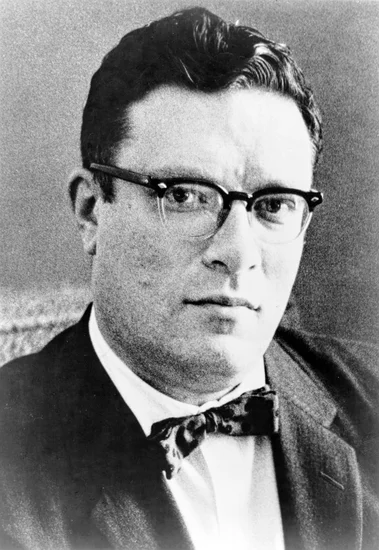
Science fiction master Isaac Asimov died in New York, leaving behind an extraordinary literary legacy. His prolific career produced over 500 books spanning science fiction, popular science, and numerous other genres.
Asimov’s robot stories and Foundation series established fundamental concepts in science fiction literature. His Three Laws of Robotics became cultural touchstones that continue influencing technology discussions today.
2005 – Rainier III, Prince of Monaco
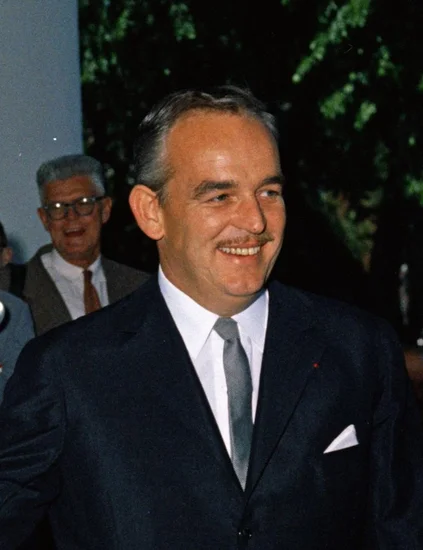
Prince Rainier III of Monaco died after ruling the tiny principality for 56 years. His reign transformed Monaco from a declining resort into a modern international business and entertainment center.
Rainier’s marriage to Grace Kelly had brought Hollywood glamour to European royalty. His death marked the end of an era when Monaco achieved unprecedented prosperity and global recognition.
1998 – Tammy Wynette

Country music icon Tammy Wynette died in Nashville, Tennessee, concluding a career that made her the “First Lady of Country Music.” Her powerful voice and emotional performances had defined country music for decades.
Wynette’s hit “Stand by Your Man” became one of the most recognizable songs in country music history. Her personal struggles and triumphs reflected the experiences of countless American women.
2014 – Mickey Rooney

Hollywood legend Mickey Rooney died in Los Angeles after a career spanning nearly nine decades. His performances had entertained audiences from the silent film era through the 21st century.
Rooney’s energy and versatility made him one of cinema’s most enduring performers. His death marked the passing of Hollywood’s golden age and the end of an extraordinary entertainment career.
Holidays and Observances on April 6
Chakri Day
Thailand observes Chakri Day to commemorate the establishment of the Chakri dynasty in 1782. This national holiday honors the founding of the royal house that continues to rule Thailand today.
The celebration includes ceremonies at the Grand Palace and wreaths laid at monuments to past kings. Chakri Day represents Thailand’s respect for monarchy and traditional values in modern society.
International Day of Sport for Development and Peace
The United Nations designated April 6 as the International Day of Sport for Development and Peace. This observance promotes sport’s role in fostering social development and building peaceful communities worldwide.
The day encourages using athletic activities to bridge cultural divides and promote understanding. Sports organizations worldwide organize events highlighting athletics’ power to unite people across different backgrounds.
Tartan Day

The United States and Canada celebrate Tartan Day to honor Scottish heritage and contributions to North American culture. This observance recognizes the significant role Scottish immigrants played in building both nations.
The date commemorates the Declaration of Arbroath in 1320, Scotland’s historic assertion of independence. Tartan Day celebrations include parades, cultural events, and displays of Scottish traditions and customs.
